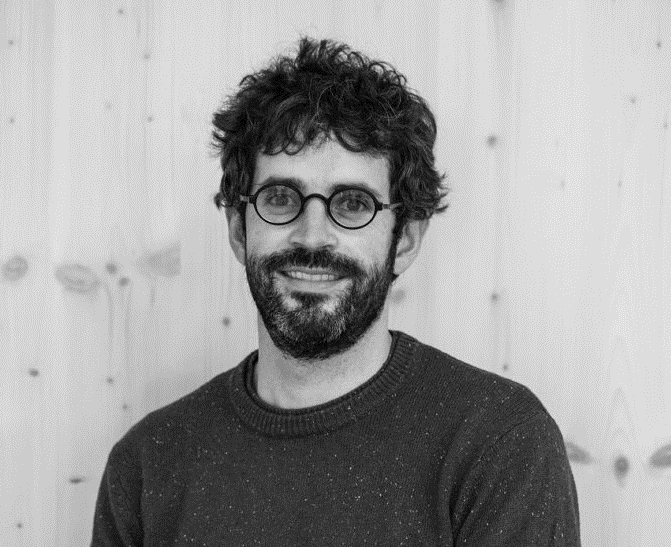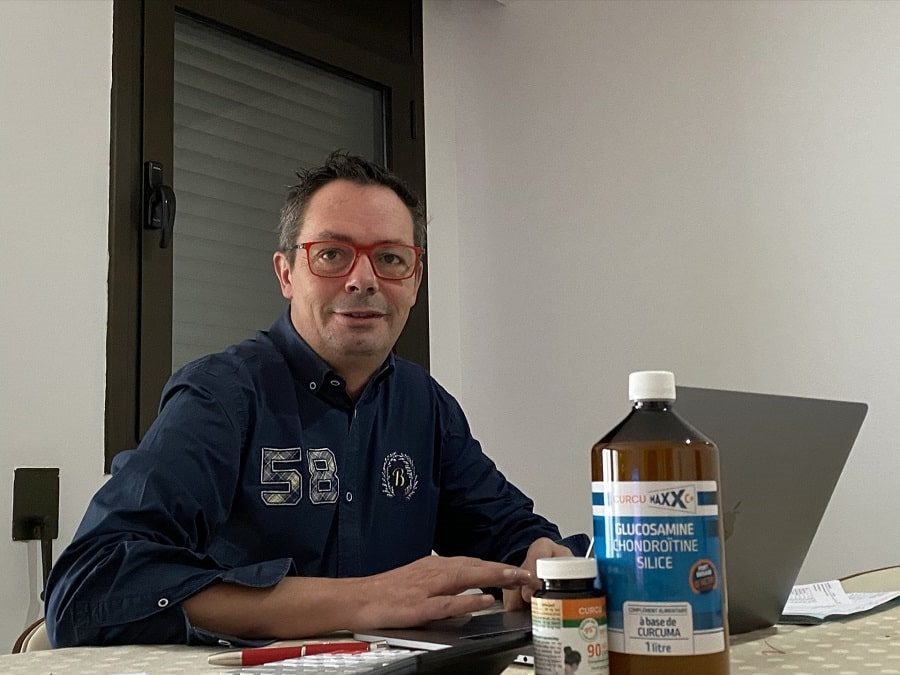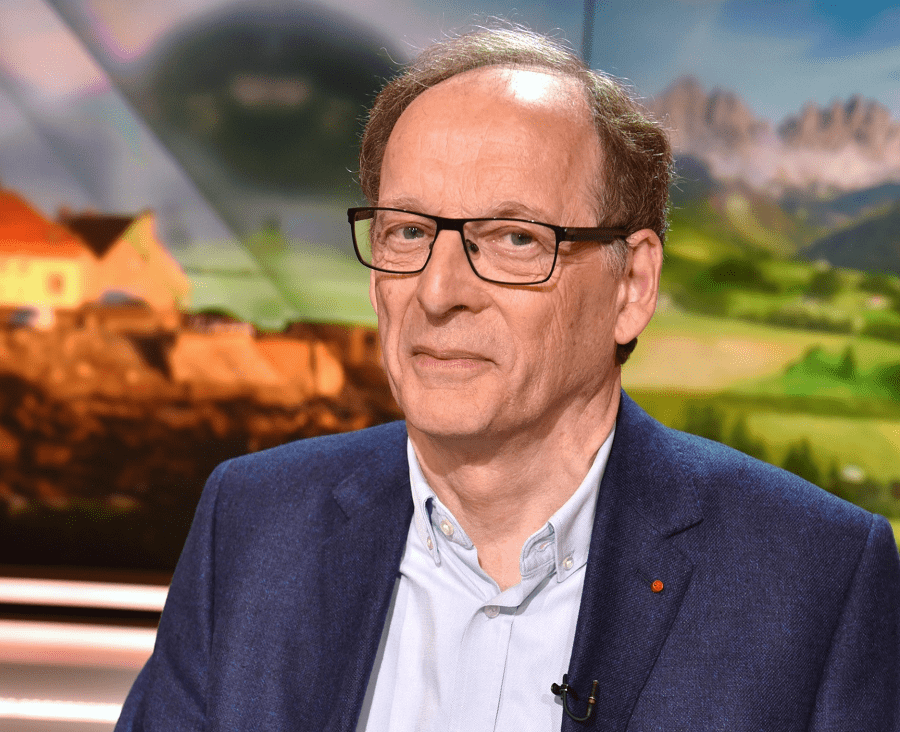Benjamin Franklin, one of the founding fathers of the United States and whose portrait is immortalised on the $100 bill, noted that he had only three true friends: his wife, his dog and his cash. The first two are subjective; but, until recently, it was almost impossible to live in human society without the third.
Indeed, money has played an important role in the development of human civilisation. In recent times, however, we have seen it – little by little – losing its material form. Although beautifully designed banknotes and shiny coins with the coats of arms of different states or countries are, in fact, one of the national symbols of these states or countries (or the union of states, as in the case of the euro), their circulation is very expensive for any national budget. Thus, to some extent, money itself generates its own depreciation.
Will we witness the end of the era of cash? What are the dangers and disadvantages of digital money? These and other questions are answered by Adrià Peribáñez, Director of Innovation at Andbank.
Interview: Irina Rybalchenko
Let’s talk about new means of payment and the prospect of the end of physical money. Do you think it is possible?
It’s pretty hard to imagine. Physical money is something that is culturally ingrained, and it will be difficult for the older generation to wean itself off of physical money. We humans greatly value privacy, and electronic payments can’t guarantee 100% confidentiality.
On the other hand, electronic money offers a number of advantages, such as convenience, speed of transactions or even the ability to make purchases through e-commerce. In addition, it allows financial transactors to guarantee the legitimacy of financial flows.
But, although the trend of using digital money is growing, I do not think that, in Andorra, abandoning physical money is a prospect for the coming years.
The amount of physical money issued depends on the currency reserves of the emitting country. What about digital money?
Indeed, with the end of the Bretton Woods system (in the 70s), gold is no longer used as a reserve currency, and physical money (part of M0) is a subset of the money supply (M1/M2).
If we talk about CBDC (central bank digital currency), the trend is to reuse as much of the existing infrastructure as possible. Europe is still at a very early stage where the “architecture” is being discussed; namely, deciding whether or not a user will interact with the Central Bank of Europe, or if banks will offer services, deposit limits, transactions or mechanisms to guarantee privacy. There is still a lot of work to be done before this becomes a reality.
That said, we all interact with digital money, whether it’s sending money through Bizum, transferring funds through Wise or buying via digital commerce.
What is the difference between digital currency and cryptocurrency?
To use a common definition, I will refer to MiCA (Markets in Crypto-Asset Regulation) and very simplified.
A crypto-asset is a digital representation of a value or right that is transferred and stored electronically using a “blockchain.”
We have e-money tokens, which are a type of crypto-asset tied to the value of the official currency.
Then there are utility tokens, which give access to a service or commodity.
Consequently, we could say that digital currency can serve us as a means of payment and a means of saving, while the cryptocurrency, as in the case of Ether, allows us to pay for the services of the Etherium network. But it is clear that crypto-assets are, in many cases, bought for speculative purposes.
If we are talking about the development of digital technologies in the banking sector, why don’t Andorran banks support a payment system, such as PayPal, which is already widespread throughout the world?
Andorra’s market is relatively small; therefore, not a priority for global technology companies. But I know that all the transactors in the country are making efforts.
You once said that people who steal money from bank accounts are very resourceful. How can we protect ourselves from such theft?
It is a matter of education. We need to understand how the banks’ platforms work, and, above all, be very careful when we receive suspicious messages or calls. The fact that payment means and platforms are getting bigger and bigger requires us to be extremely cautious.
An example of a reverse Bizum scam: scammers ask you to send them money, and some customers agree without even realising it.
You also said that it is dangerous to use QR codes. Why exactly?
Especially in the context of making payments, we have to be very careful that the code we scan is legitimate.
If the QR has been dynamically generated, we can usually trust it.
However, no matter how static a QR code is (e.g., a sticker), it is very easy for a fraudster to place a QR code over it and send us to an illegal payment gateway or to a page with a virus. And this for the sole purpose of stealing money or personal data.
When will Europe have a digital euro?
It doesn’t look like it will be in 2024. The latest news is that the preparation period should last two years; that is, until about November 2025. But it will not be ready for launch yet.











